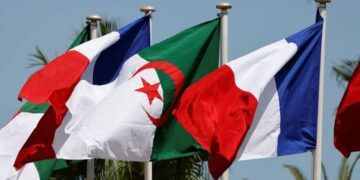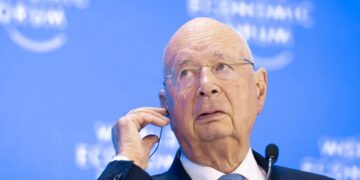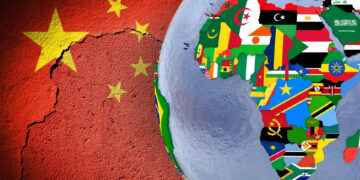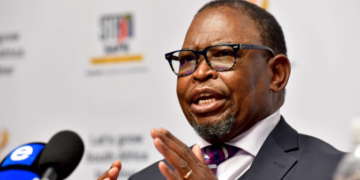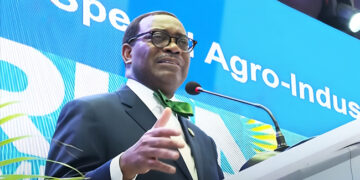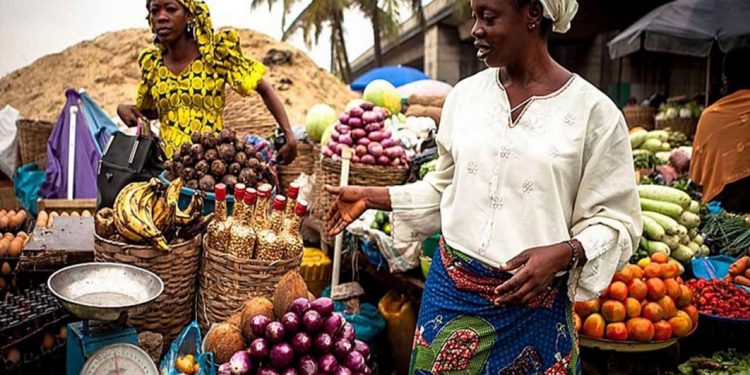By John Ikani
Ghana’s inflation surged to 43.1% in July, marking a four-month peak, propelled mainly by escalating food costs.
This upward trajectory in inflation could compel the central bank to once again raise interest rates, aiming to provide relief to the nation’s ailing economy.
In July, Ghana’s inflation rate soared to a four-month high of 43.1%, amplifying the challenges posed by an economic crisis triggered by mounting debt.
Government sources highlighted that the surge was predominantly attributed to the surge in food prices.
The inflation rate for food in Ghana escalated from 54.2% in June to 55%. In contrast, the growth in non-food prices moved from 33.4% to 33.8%.
Bloomberg’s analysis suggests that this rise in inflation may prompt the Ghanaian authorities to consider another increase in interest rates.
In the previous month, the country’s central bank elevated key interest rates to 30%, responding to the inflation surge that stood at 42.5%.
Ernest Addison, the Central Bank’s governor, stated during this period that the policy measures aimed at tightening will be sustained until the desired inflation target is attained.
The decision to raise interest rates has the effect of heightening the cost of borrowing funds and is aimed at tempering consumer spending.
Ghana is currently grappling with one of its most severe financial crises in decades, with public debt nearly reaching the scale of its gross domestic product (GDP), as reported by Financial Times.
In an effort to support economic recovery from this debt-related crisis, the International Monetary Fund (IMF) extended a $3 billion bailout package to Ghana in May.
Nevertheless, the economic turmoil is not unique to Ghana within West Africa. Nigeria, driven by surging food prices, witnessed its headline inflation surge to a seven-year peak of 22.79% in July.
According to data from the National Bureau of Statistics (NBS), food inflation escalated by 25.25% on a year-on-year basis in June.
Responding to the inflationary pressures, Nigeria’s Central Bank raised the benchmark lending rate by 25 basis points, pushing it from 18.5% to 18.75% in a determined attempt to curb these inflationary trends.














